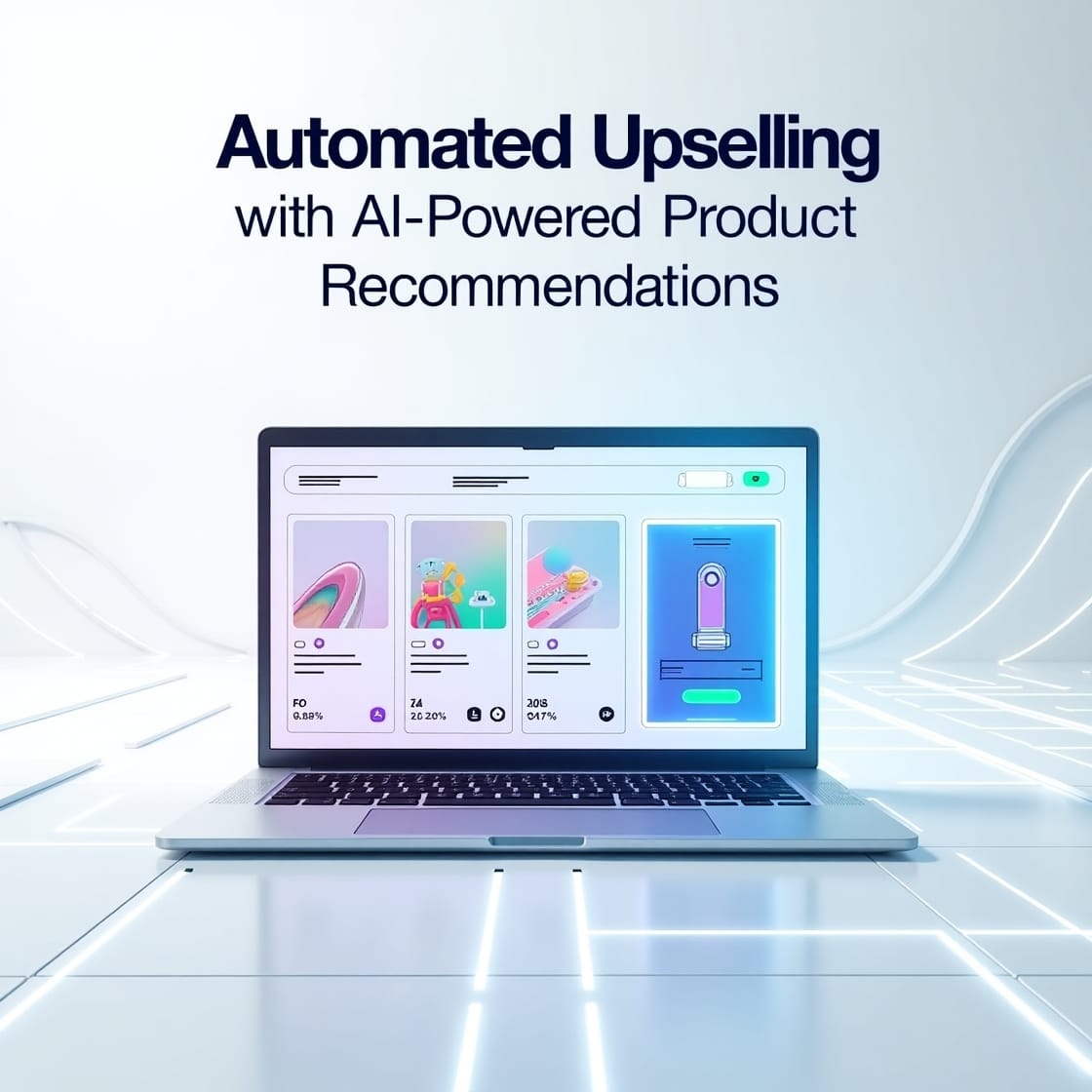Welcome to Issue #5 of The AI Marketer, where we dive into the powerful role of AI in customer service. This month, we’re exploring how AI-driven customer service tools like chatbots and virtual assistants are transforming the way businesses interact with customers. By automating responses, offering real-time support, and personalizing interactions, AI is helping companies deliver exceptional customer experiences at scale.
Issue #5: AI in Customer Service – Elevating Engagement with Chatbots and Virtual Assistants
In today’s competitive landscape, customer service is a critical touchpoint that can make or break a brand’s reputation. AI is stepping in to support customer service teams, automating routine tasks and providing instant assistance to customers. In this issue, we’ll discuss the major benefits of AI-driven customer service, how to choose the right tools, and the best practices for integrating chatbots and virtual assistants into your strategy.
1. The Rise of AI in Customer Service
AI has quickly become a game-changer in customer service, enabling brands to offer instant support, resolve issues faster, and free up human agents for more complex inquiries. AI tools can handle repetitive questions, route inquiries to the right departments, and even personalize responses based on user data.
Key Benefits of AI-Driven Customer Service:
- 24/7 Availability: AI-powered chatbots and virtual assistants are always on, offering customers support whenever they need it.
- Instant Responses: AI can respond to customer inquiries instantly, reducing wait times and improving customer satisfaction.
- Cost Efficiency: By automating routine tasks, AI reduces the need for large support teams, helping businesses save on labor costs.
2. Chatbots vs. Virtual Assistants: Which is Right for You?
Both chatbots and virtual assistants are valuable tools for customer service, but they serve different purposes. Choosing the right one depends on your specific needs, resources, and goals.
Chatbots: Best for handling common, straightforward inquiries such as FAQs, order tracking, and account information. Chatbots are rule-based and programmed to follow specific flows.
Virtual Assistants: More advanced and capable of managing complex conversations, virtual assistants are powered by natural language processing (NLP) and can understand context, handle multiple topics, and respond more naturally. Virtual assistants are ideal for businesses looking to offer a highly personalized customer experience.
3. How to Implement AI-Powered Customer Service Tools
Successfully integrating AI into your customer service strategy involves careful planning and a clear understanding of your customer needs. Here’s a guide to help you get started:
Step 1: Define Your Objectives
What do you want to achieve with AI-driven customer service? Your goals might include reducing wait times, automating repetitive inquiries, or enhancing customer satisfaction. Defining clear objectives helps you choose the right AI tools.
Step 2: Choose the Right Platform
There are numerous chatbot and virtual assistant platforms available, each with its own strengths. Here are some popular options to consider:
- Intercom: Ideal for customer support, with robust chatbot features that handle common inquiries and route complex questions to human agents.
- Zendesk Answer Bot: Designed to assist with FAQs, Zendesk’s Answer Bot integrates seamlessly with support systems to help resolve issues quickly.
- IBM Watson Assistant: A highly customizable virtual assistant that uses NLP to understand complex queries, making it suitable for brands looking to offer a more conversational experience.
Step 3: Integrate with Existing Systems
For maximum efficiency, integrate your chatbot or virtual assistant with existing systems like CRM, email, and e-commerce platforms. This allows AI to access relevant data and provide a more personalized response to each customer.
4. AI and Personalization in Customer Service
Personalization is key to creating a positive customer experience, and AI tools excel at tailoring interactions. By accessing customer data, such as purchase history, browsing behavior, and past interactions, AI can provide responses that are relevant to each customer.
Examples of Personalization in AI-Driven Customer Service:
- Personalized Recommendations: AI can suggest products or services based on customer preferences, increasing the likelihood of a sale.
- Account-Specific Assistance: For account-related inquiries, AI can pull up relevant information, such as order history or account status, to provide accurate support.
5. Measuring the Success of AI in Customer Service
To evaluate the effectiveness of your AI-driven customer service, track key performance indicators (KPIs) that align with your objectives. Some useful metrics include:
- Customer Satisfaction (CSAT): Measure customer satisfaction with automated interactions to gauge the effectiveness of your chatbot or virtual assistant.
- Response Time: AI reduces response times by providing instant answers, so track response times to see the impact.
- Resolution Rate: Track the number of inquiries resolved by AI without needing human intervention, which reflects the effectiveness of automation.
6. Best Practices for AI-Driven Customer Service
For a seamless AI customer service experience, follow these best practices to ensure your chatbots and virtual assistants meet customer expectations:
- Offer a Smooth Handoff to Human Agents: AI should assist with routine inquiries, but more complex issues should be seamlessly transferred to a human agent. This ensures customers receive the best support possible.
- Update Regularly: Customer inquiries evolve, so make sure your AI is updated to handle new questions and offer relevant answers.
- Gather Feedback: Use customer feedback to continuously improve your AI-powered support. This feedback can help you refine the system and better meet customer needs.
Conclusion: Elevating Customer Service with AI
AI-driven customer service tools are transforming how businesses engage with their customers, offering fast, efficient, and personalized support. By integrating chatbots and virtual assistants, you can improve customer satisfaction, reduce operational costs, and streamline your support process.
As AI continues to evolve, the potential for improving customer service will only grow, making it an invaluable asset for brands looking to stand out in a competitive market. At The AI Marketer, we’re committed to helping you harness AI to elevate your customer service and provide unparalleled experiences for your audience.
Stay tuned for our next issue, where we’ll explore the role of AI in predictive analytics and how it’s helping businesses forecast customer behavior and optimize their marketing strategies.













Discussion